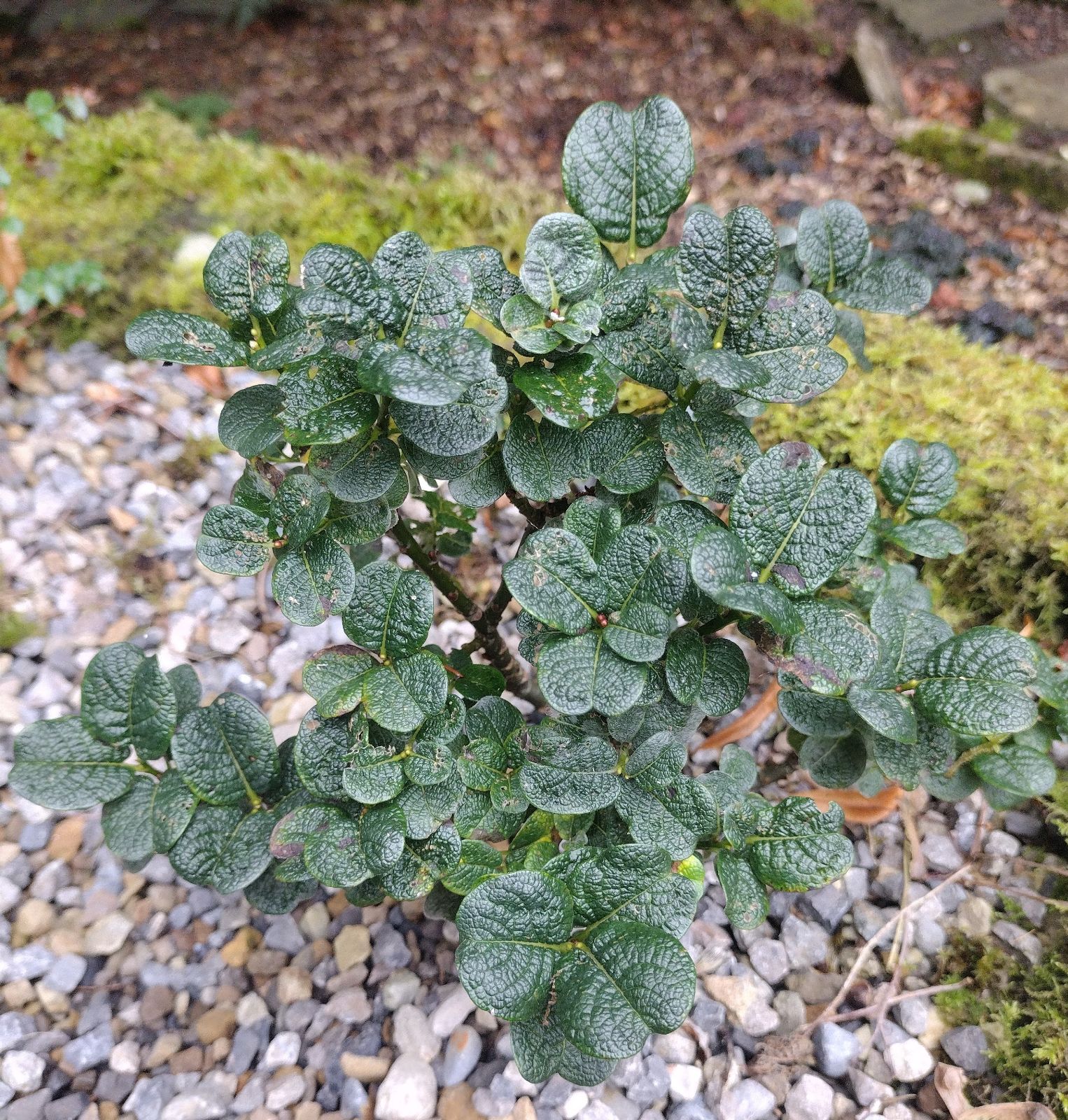Salix 'Boydii'
Credits
Article from Bean's Trees and Shrubs Hardy in the British Isles
Recommended citation
'Salix 'Boydii'' from the website Trees and Shrubs Online (treesandshrubsonline.
Genus
Synonyms
- S. × boydii E. F. Linton
Other taxa in genus
- Salix aegyptiaca
- Salix alba
- Salix amygdaloides
- Salix arbuscula
- Salix arbutifolia
- Salix arctica
- Salix aurita
- Salix babylonica
- Salix bockii
- Salix caesia
- Salix candida
- Salix caprea
- Salix cinerea
- Salix cordata
- Salix daphnoides
- Salix discolor
- Salix elaeagnos
- Salix exigua
- Salix fargesii
- Salix fragilis
- Salix glabra
- Salix glaucosericea
- Salix gracilistyla
- Salix hastata
- Salix herbacea
- Salix hookeriana
- Salix humboldtiana
- Salix irrorata
- Salix japonica
- Salix jessoensis
- Salix lanata
- Salix lapponum
- Salix lasiandra
- Salix lindleyana
- Salix lucida
- Salix magnifica
- Salix matsudana
- Salix × meyeriana
- Salix × mollissima
- Salix moupinensis
- Salix myrsinifolia
- Salix myrsinites
- Salix myrtilloides
- Salix nakamurana
- Salix nigra
- Salix nigricans
- Salix pentandra
- Salix petiolaris
- Salix phylicifolia
- Salix purpurea
- Salix pyrenaica
- Salix pyrifolia
- Salix repens
- Salix reticulata
- Salix retusa
- Salix rigida
- Salix × rubra
- Salix sachalinensis
- Salix scouleriana
- Salix × sepulcralis
- Salix × sericans
- Salix sericea
- Salix silesiaca
- Salix starkeana
- Salix × subalpina
- Salix triandra
- Salix uva-ursi
- Salix viminalis
- Salix wilhelmsiana
A shrub of erect, rigid growth, up to 3 ft high; shoots thinly downy at first; buds globose, soon glabrous. Leaves leathery, broadly obovate to nearly orbicular, up to 1 in. long, usually more or less heart-shaped at the base, at first grey with down above, becoming dark green, with the midrib and veins deeply impressed, covered permanently with a fine whitish wool beneath, the veins and midrib prominent; petiole very short. Catkins female, up to 3⁄4 in. long, produced shortly before the leaves; scales obovate, rounded at the apex, silky; ovary ovoid, sessile, hairy.
‘This unique plant is very near S. reticulata in the leaf-blades and very near S. lapponum in its inflorescence, and it might be that × S. boydii drew its origin from these two parents only; but there are two characters, the short petioles and the short nearly round glabrescent buds, which neither of these satisfactorily account for. These two characters suggest that a third species, viz. S. herbacea, may have entered into its composition, more or less remotely.’ S. ‘Boydii’ was discovered towards the end of the last century by William Boyd (1831–1918), the raiser of many well-known alpine-garden plants, and the discoverer of the mysterious Sagina boydii. Brought into his garden at Upper Faldonside, Melrose, this willow was described in 1913 by the Rev. E. F. Linton, whose comments on its parentage are quoted above (from ‘The British Willows’, Journ. Bot., Suppl. (1913), p. 38). The original plant, about fifty years old and some 3 ft high, is figured in Qtly Bull. Alp. Gard. Soc., Vol. 8, p. 42 (1940). This plant, still 3 ft high, and another of similar size were moved by Mr Alex Duguid to Silverwells, Coldingham, Berwickshire, where they thrive and are used as stock plants for Edrom Nurseries.
Boyd’s willow is now one of the most valued of the dwarfer kinds, though grown more for its picturesque habit than for its catkins, which are inconspicuous and not freely produced. It is of slow growth; plants at Faldonside propagated from the original were none of them more than 14 in. high when seven or eight years old (Linton, op. cit., p. 88). It received an Award of Merit in 1958.



